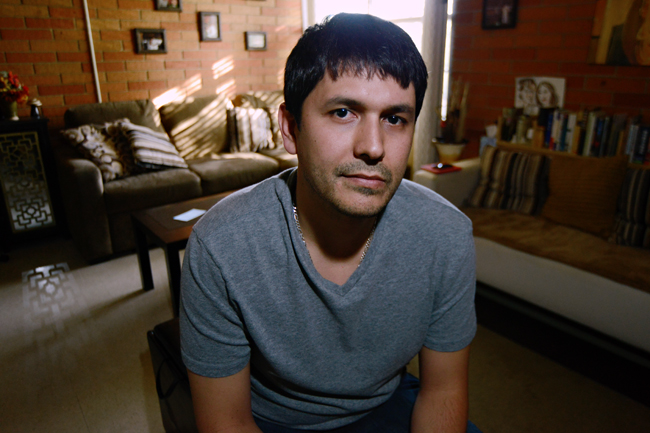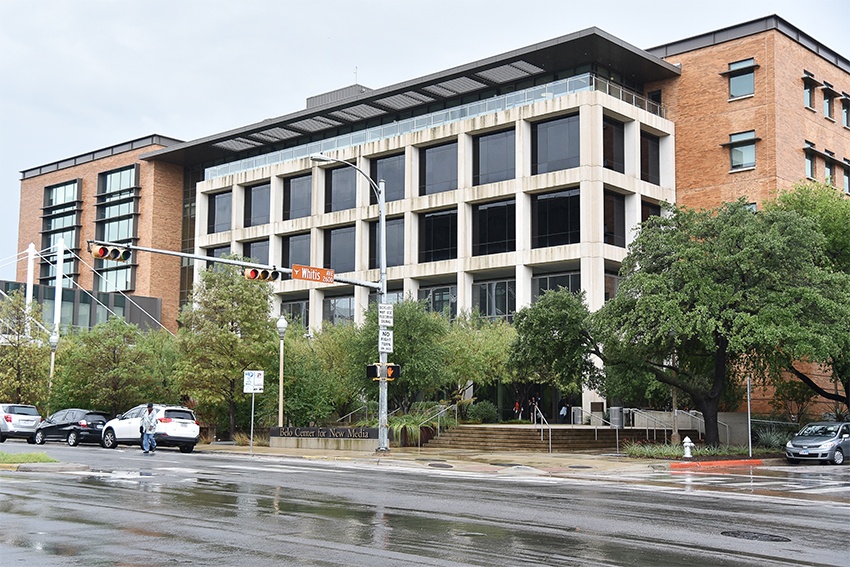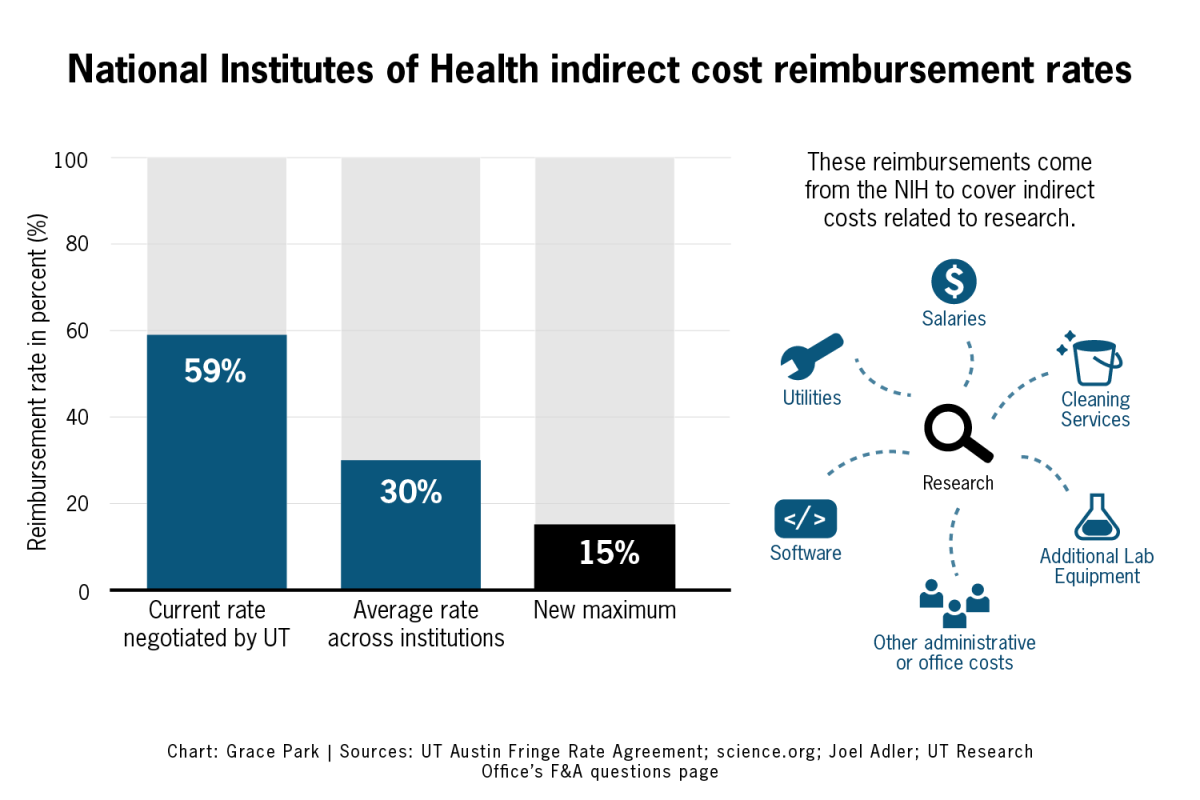Alberto Jorge Vazquez Anderson, a graduate student from Mexico, came to the University in 2011 to study chemical engineering and quickly realized Austin is an expensive place to live.
Vazquez and his wife put their names on a waitlist more than 800 people long to get into more affordable graduate student housing offered by University Apartments. Some people on the list have been waiting for housing since 2008.
University Apartments — Brackenridge, Gateway and Colorado — offer 715 units to all students with at least 30 credit hours. 93.2 percent of its occupants are graduate and professional students, and 74.9 percent of its occupants are international graduate students with spouses and children, according to Sheril Smith, associate director for University Apartments.
The average wait time for students who apply to the University Apartments is six months to one year or longer, according to Smith.
“I think there is a need for housing in Austin in general,” Smith said. “It’s a very challenging market.”
Because the amount of students on the waitlist is more than the amount of apartments available, the Graduate Student Assembly passed a resolution last Wednesday requesting the Division of Students Affairs investigate opportunities to expand affordable graduate student housing.
According to Smith, although the apartments are in ongoing renovations, there are no plans for any new construction. John Dalton, assistant dean of graduate studies, said he was also unaware of any plans for new housing projects.
“We are always talking and thinking about housing that is affordable and dedicated to graduate students, but I am unaware of any plans to build new facilities,” Dalton said.
GSA President David Villarreal said the Dell Medical School, which will accept its first class in 2016, would bring a greater need for graduate student housing to the already competitive housing market in Austin.
Graduate students are eligible to live in on-campus housing, but Villarreal said the length of time these students stay on campus makes it difficult to live in contracted dormitory housing. The University Apartments allow students to occupy an apartment unit for up to seven years without reapplying each spring.
“Dormitory housing, which is convenient for undergraduates, is more challenging for graduate parents, their families and international students,” Villarreal said. “University Apartments is really the last affordable housing option for [graduate] students.”
Former GSA President Columbia Mishra, who authored the legislation in support of affordable graduate student housing, said there was a need for more affordable housing closer to campus.
“We would also like the areas closer to campus, such as the Red River and North Campus area, to be further explored for affordable graduate student housing opportunities since they are closer to campus or well connected to campus,” Mishra said. Mishra said graduate students tend to live in areas such as Far West and Riverside because of their affordability, but these locations tend to make it difficult to get to campus and are not as safe.
“Austin is a growing city with housing rents on the rise, and these rents will only continue to become more expensive,” Mishra said. “It makes UT-Austin less competitive when it comes to attracting the best and the brightest graduate students.”
Unlike most graduate students who are unable to be placed in the popular complexes, Vazquez and his wife found out they would be living in the Colorado Apartment within six months of applying.
According to Vazquez, he has had almost no problems in the 52-year-old Colorado Apartment complex. Vazquez said its location near running trails, bus routes and Lady Bird Lake made it the perfect place for the couple, who will be expecting a child in September.
“When I applied here, I basically knew there was a long waitlist, and I didn’t think I was going to be offered an apartment so soon,” Vazquez said. “It’s the best value and a very good deal.”




















